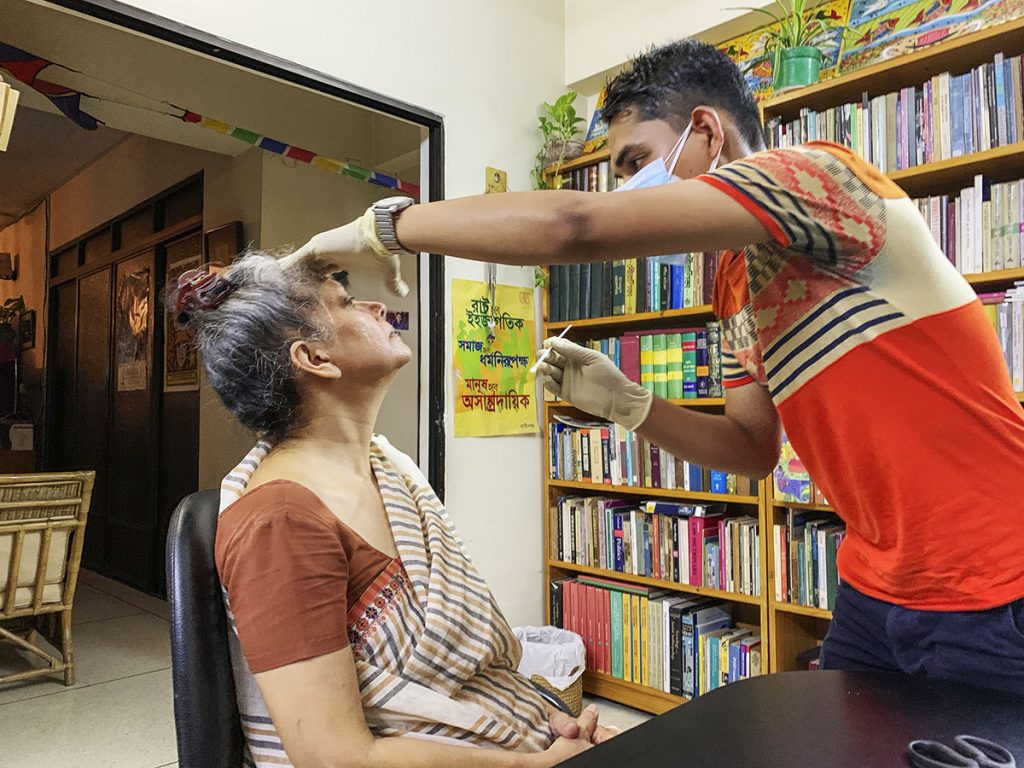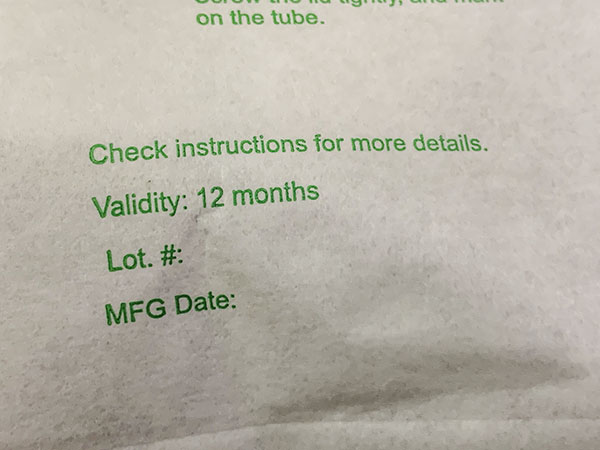‘Could you get a small size pizza and some French fries for Zafrullah and send to GK? He is not eating and maybe a change in menu will help.’ It was our very own freedom fighter Dr Zafrullah Chowdhury that Shireen Huq, his wife, was talking about, and I wasted no time in my search for the pizza.

Zaf (as close ones call him) would go out every weekend to the chars to provide free service to the char dwellers, and I had often thought of joining our barefoot doctor. They live nearby, and when, around five years ago, Zaf and I, along with Rahnuma, Shireen and several others, became the co-accused in a contempt of court case, their open home, became our meeting place. We had argued that sentencing a journalist who spoke out for upholding the rule of law, went against the spirit of our constitution. The space for dissent was rapidly shrinking and the political situation was declining rapidly. The quota movement was followed by the road safety movement by students, and then I got arrested. By the time I came out, the scene had changed. Zaf was by now needing regular dialysis, so the char visits had been abandoned. Typically, having seen how expensive dialysis was, Zaf opened up a dialysis centre. It provided high quality dialysis at an affordable price. His business plan required well-to-do patients to pay higher rates to subsidise poorer patients, with both groups getting the same state of the art service. Zaf hadn’t accounted for the snootiness of the Bangladeshi elite. Regardless of the quality of service, few well-to-do Bangladeshi patients would put up with having a poor patient as a neighbour. Zaf’s dialysis centre continues to give high quality service, but it is mostly the poor who occupy the beds.
The restaurant at Bella Italia on Satmasjid Road in Dhanmondi was closed but they were still providing takeaways. I have a sweet tooth, and getting a takeaway chocolate milkshake for myself, made my way to Gonoshasthaya Nagar Hospital on Mirpur Road. The staff knew me well and I went straight up to the ICU. Zaf was asleep, so I Ieft the pizza and fries with the duty nurse and hurried home.
The next few days were worrying for all of us. Shireen and their son Bareesh had also been diagnosed with Covid 19, but it was Zaf, being considerably older and with underlying health issues, that we were most concerned about. Updating herself from Shireen, Bareesh, Dr Hafiz and the duty doctors, Rahnuma would send out regular emails. Golam Mortaza used his journalistic acumen to provide an overview.
When I began having mild symptoms, low fever, some joint pain, loss of appetite, mild diarrhoea, and some sweating, Rahnuma got worried. We had been out distributing food to the hungry. More significantly, we had both been near Zaf, Shireen and Bareesh, all three of whom were positive. The signs were not good. Rahnuma contacted doctors we trust, who immediately put me on medication. Meanwhile, asking around, Rahnuma found a lab prepared to send out someone to our flat to get us both tested.
A very pleasant young man came over on his bicycle the next day. He had gloves and a mask and knew how to take swabs. I was curious and asked him about the kit and the testing process. The young man was honest, and said he knew nothing about these things, but knew how to collect samples, which he did well.

I was surprised the sealed packets had neither the manufacturing date nor the lot number, but it didn’t make sense to ask him. He had, after all, admitted his limitations. It didn’t take long and he took samples from both me and Rahnuma. He was hesitant when Rahnuma offered him a tip and only took it reluctantly.
I immediately wrote off to the email on the packet, and not getting a response, filled out the support form on the company website. Amongst many other products they had a ‘Covid 19 Sampling and Extracting Solution’ which looked identical to the kit the young man had brought with him. ‘Efficient sampling and accurate extraction’ followed the description.
While I was waiting for their response, I decided to dig deeper into the procedural aspects. ‘For optimal performance, the product must be stored in its original package at 5-25°C until the time of use. Do not expose to excessive heat or direct sunlight prior to use.’ The early afternoon temperature on the 8th June was around 31°C according to Google. The young man’s bicycle was unlikely to be air conditioned, but well, it wasn’t THAT far away from the minimum acceptable standards. It was the post-collection criteria that got me worried. The website stipulated ‘After collecting sample, short preserve at 2-8℃ and long preserve at -80℃’. Sure, it was short preserve, but no way was 31℃ even close to the maximum acceptable 8℃! And that’s assuming the young man was making no further stops on the way back. He did seem to have a large number of sampling kits in his bag. Rahnuma made some phone calls and an insider told us they habitually had 40 per cent faulty results. We were paying Tk 4,500 per test. It would take five tests, assuming they gave identical results, to bring the statistical error down to below 2 per cent! That was Tk 45,000 for the two of us!
I went back to my research on costs and fired off another request. The email came in at 3:06 pm on Thursday 11th June 2020. ‘Thanks for your interested [sic] in our Classic Virus and Transport Medium Kits (VTM Kits)’ wrote the sales manager.
I couldn’t work out whether it was a man or a woman from the name, but s/he provided a product manual, COA an Ex Works (EXW) price list and specified that each kit contained one swab + 10mL tube with 3mL medium. They had a production capacity of 300,000 kits per day and could provide a quick delivery.
Then I looked at the price. Each kit would cost me USD 1.10! Around Tk 93. Not a bad markup for the Bangladeshi hospital providing the test! Sure, there would be some transport costs, some tax and even some local setup costs. But then a roughly 4700 per cent markup (for each test) leaves plenty of room for both stuffing pockets and greasing palms. And if faulty collection procedures led to multiple tests becoming standard practice, it would be a bottomless gold mine!
Approving a locally produced kit at a fraction of the price, as the GK rapid dot blot test promised, would scupper the game. We had heard of the scams involving pillows of Rooppur, the fake N50 masks, the Tk 5,000 goggles and more recently the purchase of a Tk 1.8 million fridge for twenty million by the government, but with COVID-19 figures growing at exponential speed, this was better than printing money.
No way could an affordable and reliable kit, being produced locally, be made available. There was money to be made and the GK kit would be a spanner in the works. I remembered Noam Chomsky’s words in ‘Failed States: The Abuse of Power and the Assault on Democracy’, ‘As in the past, the costs and risks of the coming phases of the industrial economy were to be socialized, with eventual profits privatized ….’
Predictably, as Zaf fights for his life, at the Gonoshasthaya Nagar Hospital, having recovered from a Covid-19 infection but afflicted by pneumonia, news comes in that the long delayed GK kit has been deemed ‘ineffective’.
The nitpicking over the GK kit accompanied by media trials by prominent doctors, contrasts with the sheer absence of any form of quality control on imported kits. Clearly, they all have money-spinning implications.
It isn’t simply the loss of money that we will bear so those close to the government can make filthy profits. We will be made to pay with our lives.
